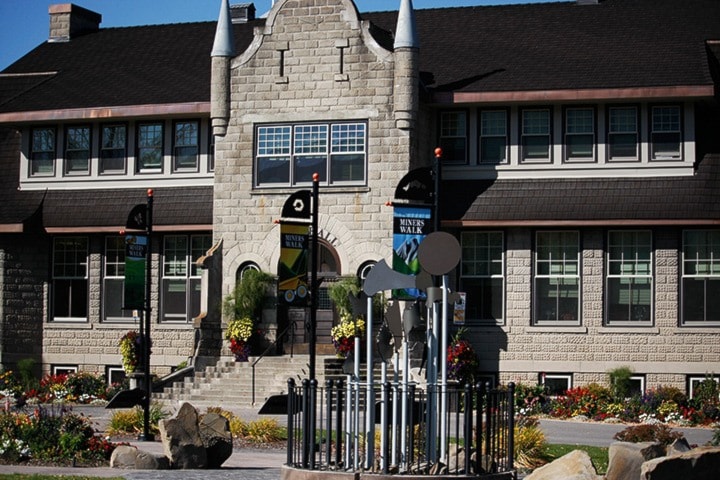Fernie City Councillors recently voted in favour of a wage increase for mayor and council. Under the new remuneration, councillors will now receive $18,000 per annum, as opposed to $12,000, which is a 50 per cent increase. The Mayor will receive $36,000 per annum, increased from $20,000 per annum, equating to an 80 per cent increase. They are also eligible to be reimbursed for travel expenses.
The following information was taken from a document referenced by Carla Fox, the Director of Financial and Computer Services for the City of Fernie on Jan. 21, 2016. The document, “Civic Info Survey Results” regarding mayor and council remuneration expenses in 2015, had 46 municipalities across B.C. represented in six categories.
The intent of the graphs displayed is to put into context the current and increased wages for Fernie’s governing body. Council’s wages are compared to the other two municipalities in the Elk Valley along with the municipalities of Creston and Smithers.
Of the Elk Valley communities, Fernie has the highest population of 4,448 and is the only local community that is under the jurisdiction type of city. The District of Sparwood follows Fernie, with a population of 3,618 and the smallest community population represented in this article is the District of Elkford, with a population of 2,463. The Town of Creston has a population of over 5,000 making it the most comparable in terms of population to Fernie. Lastly, the Town of Smithers has a population of 5,217 making it the largest community in the comparison.
Mayor and Councillor Remuneration Including Expense Allowance
Each community has two columns: the first represents the mayor’s payment and the second, and smaller, column symbolizes councillor wages. Currently, Fernie’s wages are in the middle of the compared communities. Fernie’s mayor currently receives $20,000 and councillor’s receive $12,000. Of current wages, Sparwood tops the Elk Valley’s compared communities and is second of the five with a mayoral payment of $33,750 while councillors receive $14,499. Elkford’s mayor receives $685 less than Fernie’s at $19,315 while their councillors receive $8,995 yearly, $3,005 less than Fernie’s councillors. Creston’s governing body receives slightly more than Fernie’s. Creston’s mayor receives $23,694 and its councillors get $12,733 in remuneration.
The additional graph represents where Fernie’s council wages will be under the approved increase. The increased wages give the mayor an additional $16,000 per year, reaching $36,000 total while councillors will receive an increase of $6,000, making their remuneration $18,000.

Current Mayor and Councillor Per Capita
This section represents how much each citizen pays for their mayor and each councillor.
Fernie residents currently pay $4.50 each for their mayor and $2.70 for their councillors, making for the lowest per capita payment out of the communities. Sparwood is the highest per person spending with its residents paying $9.33 for their mayor and $4.01 per councillor. Elkford residents pay $7.84 each for their mayor and $3.65 for each councillor. Creston is the second lowest, and the closest to Fernie with its citizens paying $4.91 for their mayor and $2.64 for each councillor. Smithers’ residents pay the median of the compared communities, paying $6.72 for their mayor and $2.86 for each of their councillors.
Fernie’s raises are not included in this section because the official population may change by the time the proposals are approved. If population were to remain the same, Fernie residents would pay $1.24 less than Sparwood for their mayor at $8.09 per resident and $.04 more than Sparwood for its councillors at $4.05.
This would have Fernie residents paying the second highest amount per person for their governing representatives out of the five compared communities.

